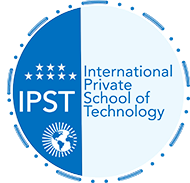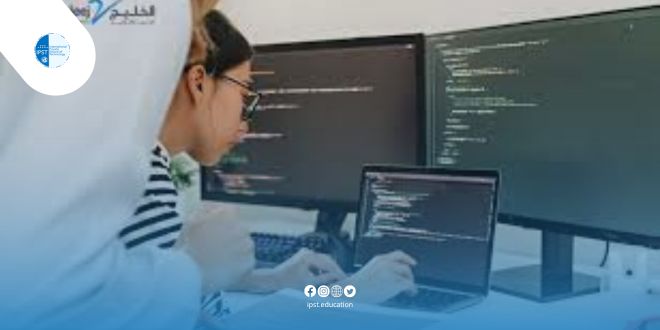In our rapidly evolving digital world, programming has become an essential skill that many people aspire to learn, especially with the growing job opportunities in the technology sector. If you’re thinking about learning programming from scratch and aiming for a job by 2026, this article will provide you with a step-by-step guide on how to achieve this goal. Discover how to get started with programming today and what are the best resources to help you succeed in this promising field.
1. Define Your Career Goal in Programming
Before you begin learning programming, it’s important to define your career goal for 2026. Programming covers various specialties like software development, mobile applications, data analysis, artificial intelligence, and more. Do you want to develop mobile apps? Or are you aiming to work in artificial intelligence? Defining your goal will help you choose the programming language that best fits your future career.
2. Choose the Right Programming Language
Programming languages differ based on the specialty you want to enter. Here are some of the most popular languages you can start with:
- Python: The most popular language for data analysis, artificial intelligence, and machine learning.
- JavaScript: Essential for web development and designing user interfaces.
- Java: Ideal for large software development and Android mobile applications.
- Swift: If you’re interested in developing applications for Apple devices like iPhone and iPad.
Start with one language, and make sure it aligns with your career goal.
Source: Udemy – Learn Python, JavaScript, Java, and Swift
3. Learn Programming Basics through Free Educational Platforms
There are many educational platforms that offer free or affordable courses for beginners to learn programming from scratch. Some of the best platforms include:
- Codecademy: Provides interactive free courses in various programming languages.
- freeCodeCamp: A fantastic platform with free resources in web development, programming, and site design.
- Khan Academy: Offers excellent lessons in programming, especially in JavaScript and graphics design.
- Coursera and edX: These platforms offer courses from world-renowned universities like Harvard and MIT to help you learn professional programming skills.
Source: Codecademy – Learn to Code
4. Build Practical Projects to Enhance Your Skills
Once you have a grasp of the basics, it’s important to start building real projects. For example, you can:
- Build a simple website using HTML, CSS, and JavaScript.
- Develop a basic mobile app using Java or Swift.
- Create a data analysis project using Python and Pandas.
Working on real projects will not only improve your skills but also strengthen your resume.
Source: freeCodeCamp – Build Real Projects
5. Engage with the Programming Community
Programming is not a solitary skill; it’s an ongoing process of collaboration and sharing. Join online programming communities such as:
- Stack Overflow: For help solving programming problems you might face.
- GitHub: To share code and collaborate on open-source projects.
- Reddit: Subreddits like /r/learnprogramming and /r/coding are great communities for aspiring programmers.
Engaging with others will help you improve your skills and solve problems faster.
Source: GitHub – Explore Open Source Projects
6. Learn Problem-Solving Principles
One of the most important skills in programming is problem-solving. Logical analysis and thinking in programming terms are essential tools for a successful programmer. Practice solving programming challenges on platforms such as:
- LeetCode: To improve your problem-solving abilities.
- HackerRank: A great platform for participating in coding challenges to boost your problem-solving skills.
Source: LeetCode – Practice Coding Challenges
7. Complete a Course and Earn a Certificate
Many educational platforms offer certificates upon completing training courses, such as:
- Coursera and edX: Certificates from prestigious universities like Harvard and MIT.
- Udacity: Provides specialized Nanodegree programs in programming with industry-recognized certificates.
Obtaining these certificates can enhance your chances of landing a job in the future.
Source: Udacity – Programming Nanodegrees
8. Apply for Jobs and Attend Interviews
After acquiring the necessary skills and building practical projects, it’s time to start applying for jobs. Make sure to showcase your projects and certifications on your resume. You can apply for jobs on platforms like:
- LinkedIn: For job opportunities in programming.
- Indeed: To search for tech positions in major companies.
- Glassdoor: To learn about companies and available job opportunities.
Conclusion
Learning programming from scratch requires time and effort, but it can open up numerous job opportunities by 2026. With dedication and persistence, you can acquire the necessary skills and position yourself as a strong candidate in the programming field. Start today by defining your goal, choosing the right programming language, and leveraging the available resources online, and you will be on the right path to success.
Source: Educational platforms like Udemy, Codecademy, freeCodeCamp, GitHub, Coursera, and others.



